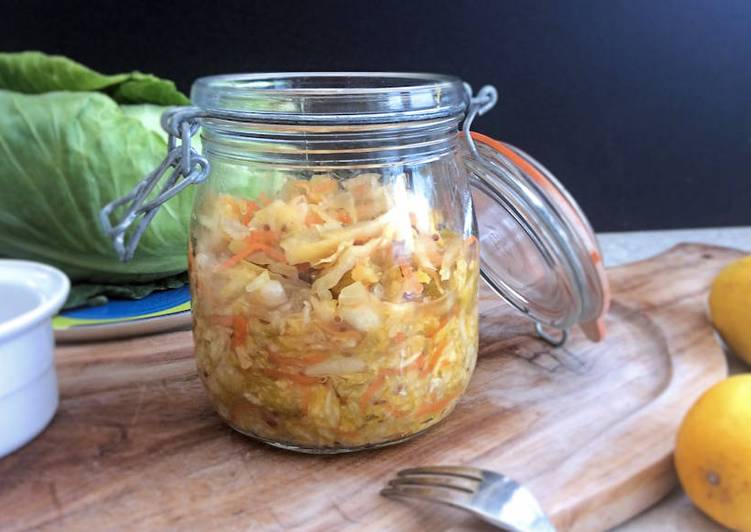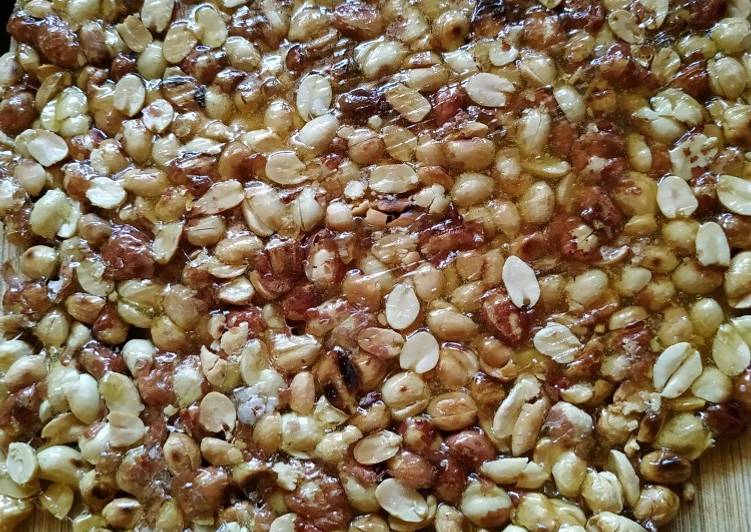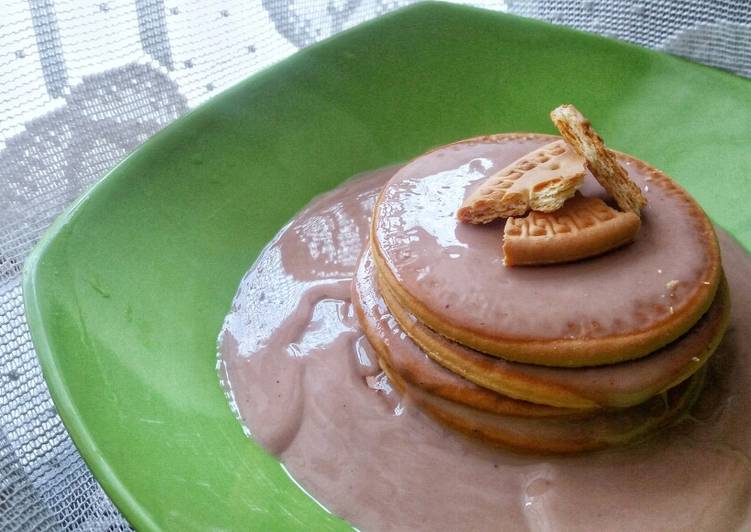
Hello everybody, hope you’re having an amazing day today. Today, I will show you a way to make a special dish, sauerkraut. One of my favorites food recipes. This time, I will make it a bit unique. This is gonna smell and look delicious.
Sauerkraut is probably the most well-known lacto-fermented vegetable. Whether you add a secret ingredient to your homemade sauerkraut or keep it basic, kraut has a slew of health benefits. Sauerkraut is often one of the first fermentation projects recommended to curious DIY-ers, and with Sauerkraut is made by a process called lacto-fermentation.
Sauerkraut is one of the most popular of current trending foods on earth. It is easy, it is quick, it tastes yummy. It is appreciated by millions daily. They’re nice and they look fantastic. Sauerkraut is something that I have loved my entire life.
To get started with this particular recipe, we have to first prepare a few components. You can have sauerkraut using 8 ingredients and 7 steps. Here is how you cook it.
The ingredients needed to make Sauerkraut:
- Get 1 head spring cabbage, about 450-500g when shredded
- Prepare 1 medium carrot
- Prepare 3 garlic cloves, peeled and roughly chopped
- Take 10 g good quality sea salt
- Prepare 1 dried chili, deseeded and snipped into little pieces with scissors
- Prepare 1 tsp caraway seeds
- Prepare 1 tsp black mustard seeds
- Take 1/2 tsp fennel seeds
Homemade sauerkraut, all salty and sour, is brilliantly easy to make at home. All you need is two Sauerkraut is a traditional fermented food made by allowing shredded cabbage and salt to ferment. Sauerkraut recipes with photos and tips for making homemade sauerkraut in a mason jar or crock. Simple fermentation process rich in probiotics and enzymes.
Steps to make Sauerkraut:
- This amount of cabbage makes less than one 1 litre jar, kilner or an ordinary jar with a well-fitting lid.
- Shred the cabbage quite finely, discarding any blemished outer leaves but save one. Julienne or coarsely grate the carrot.
- Place the vegetables with the garlic in a large bowl, add the salt and rub it into the cabbage with your hands for a couple of minutes. Cover the bowl with a clean cloth and leave for a few hours, up to overnight.
- Rinse the jar with boiling water. Add the spices and chili and toss them through the cabbage with your hands. Put the cabbage into the jar in four or five goes, packing it tightly in with a handle of a wooden spoon or a meat mallet. Pour any left juices over the top.
- Rinse the spare leaf and press it into the jar on top of the cabbage – ideally there should be enough juice to cover it, the leaf is there to keep it immersed. Weigh the leaf down with a clean large pebble, a cup or a small bowl, anything that will fit into the jar. Leave it open but cover with a piece of muslin or a clean cloth.
- After 24 hours check if the cabbage has not floated to the top, press it down again with the wooden spoon to get rid of any trapped air, recover with the leaf, bowl and the cloth and keep it in a cool, darkish spot. The fermenting will take between 1 – 3 weeks, depending on the season and the temperatures.
- After a week start tasting the sauerkraut. When it’s sour and tart enough for you, discard the leaf, close the jar with the lid and keep the sauerkraut in the fridge.
Sauerkraut is one of my favorite fermented foods. The flavor is fairly neutral, so it goes with a lot of Making sauerkraut at home can really save some money—a jar of fermented sauerkraut can cost. Why is this sauerkraut better for you? During fermentation, billions of beneficial bacteria are produced. They always had kielbasa and sauerkraut among the holiday feasts.
So that’s going to wrap it up for this special food sauerkraut recipe. Thanks so much for reading. I am sure you will make this at home. There is gonna be more interesting food at home recipes coming up. Remember to save this page in your browser, and share it to your loved ones, friends and colleague. Thank you for reading. Go on get cooking!


